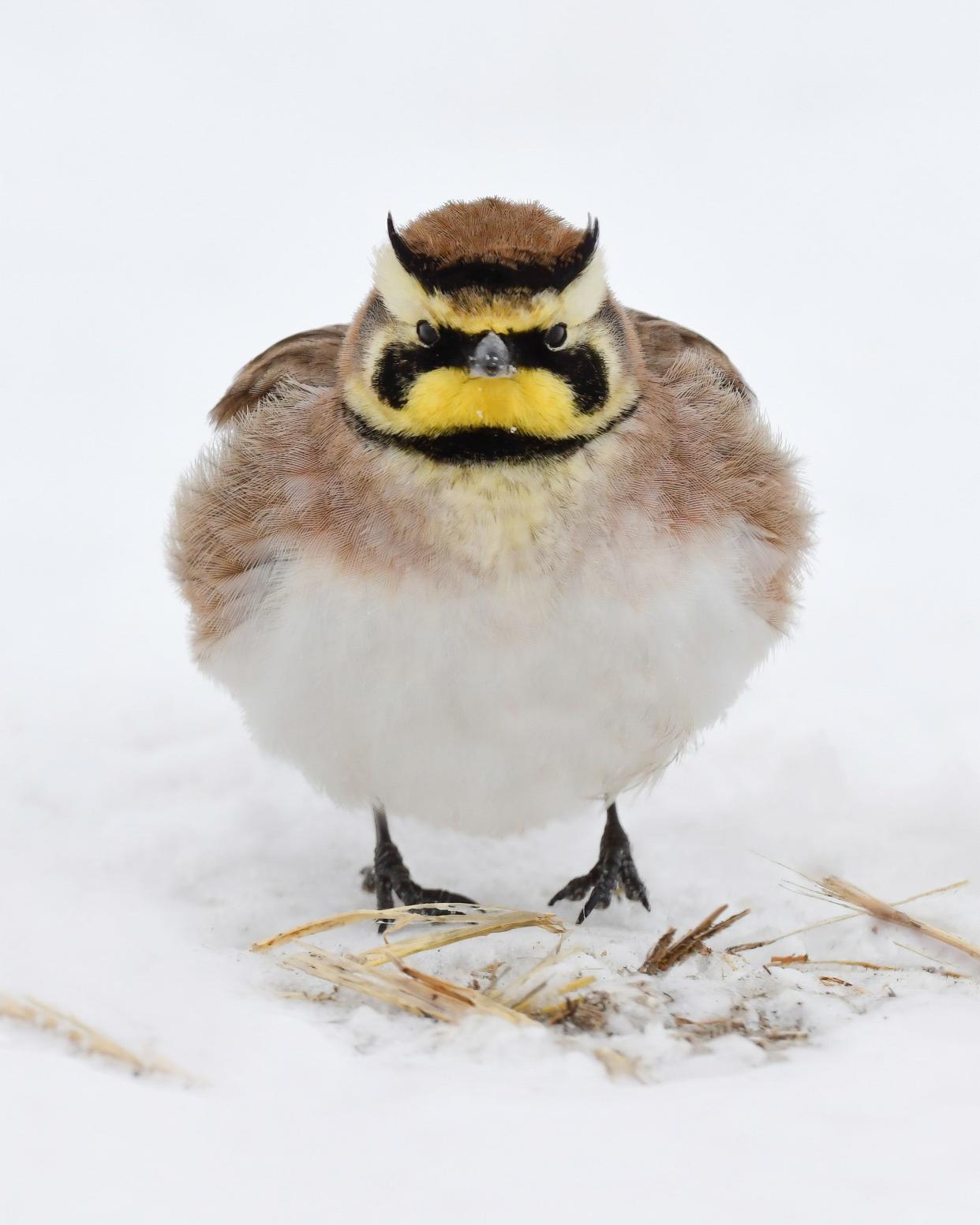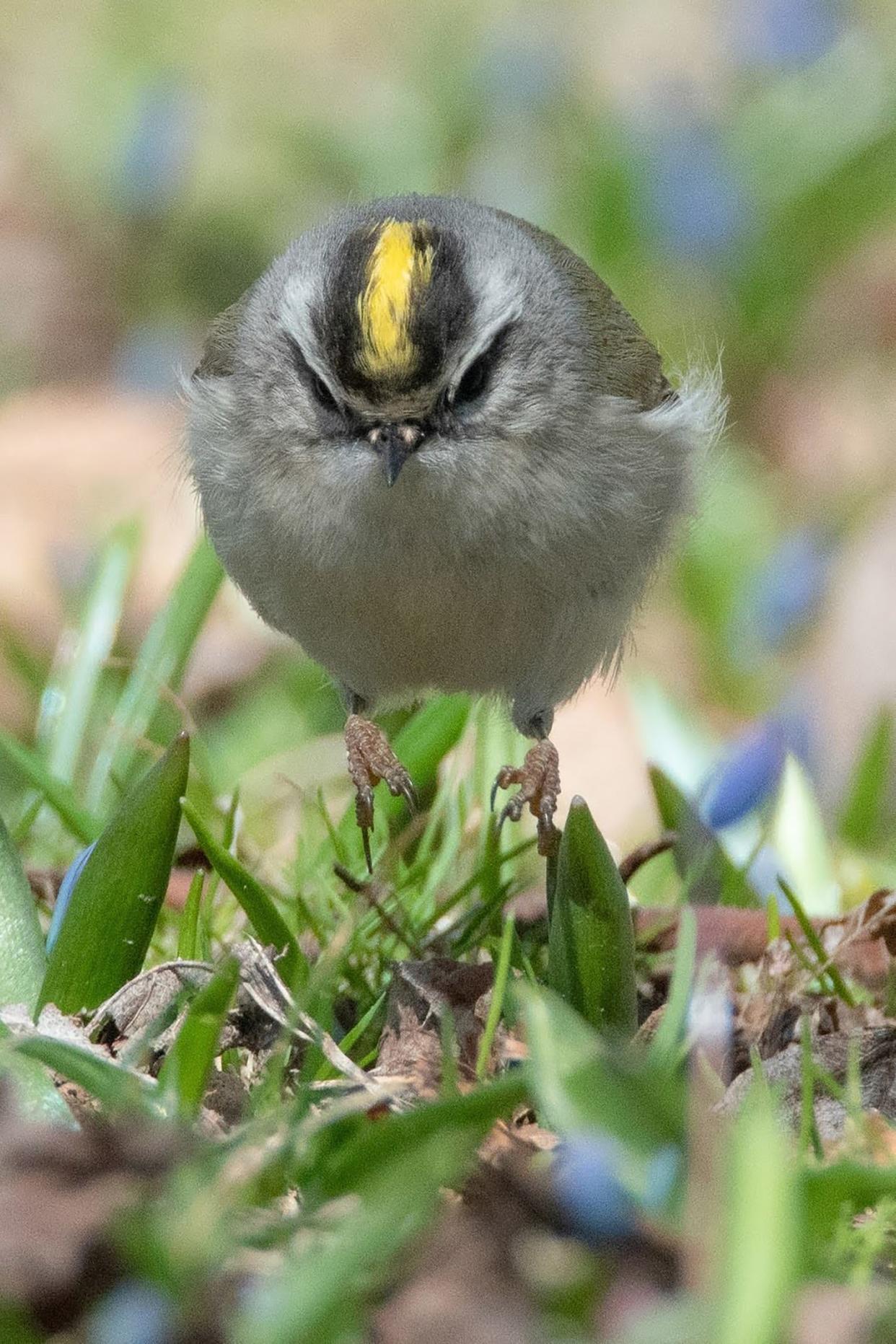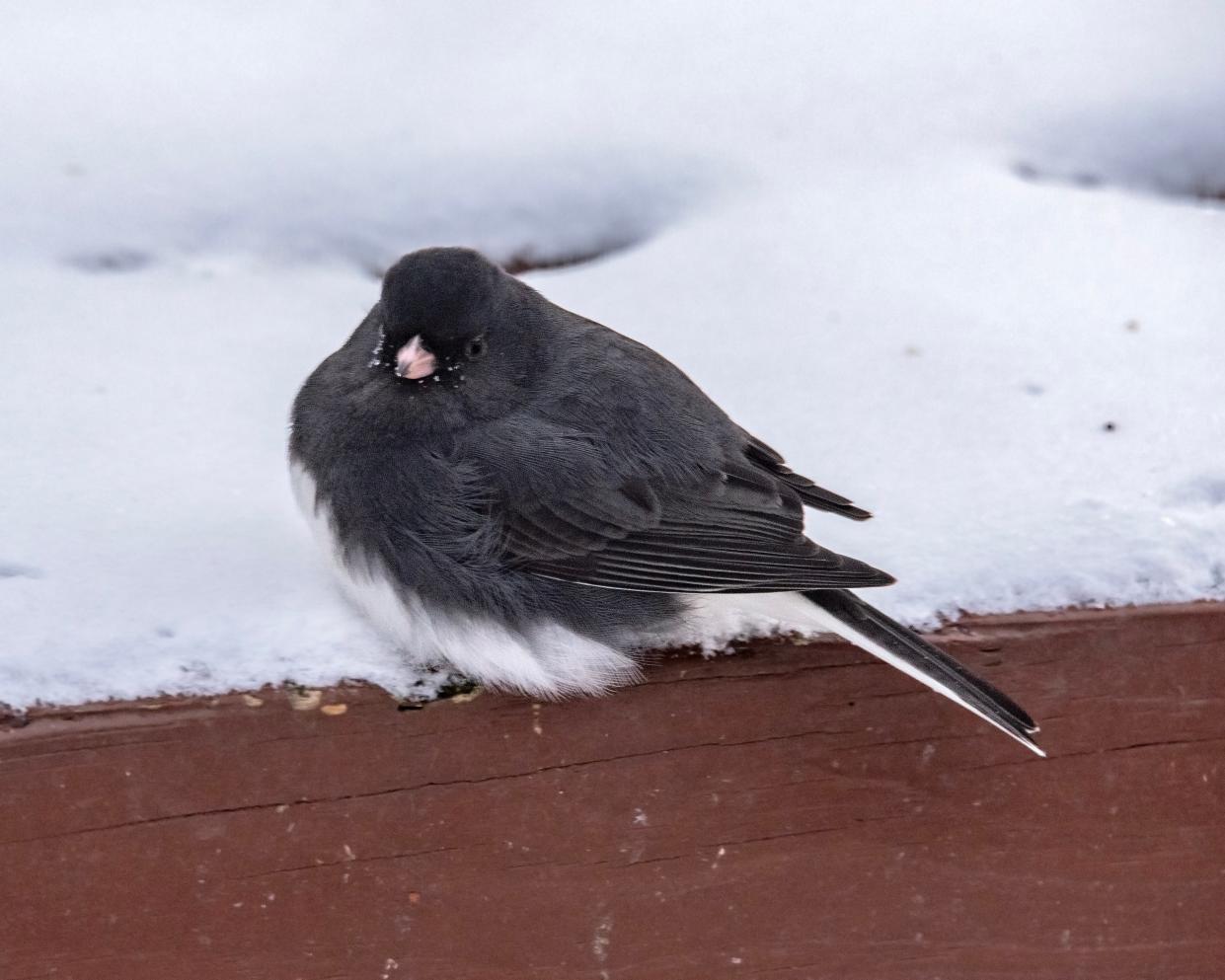Forget Fat Bear Week. It's Fat Bird Week in Wisconsin
MADISON — The race to find Wisconsin's floofiest fowl — its most ample avian — its chonkiest chirper — is on.
Just as Katmai National Park and Preserve has "Fat Bear Week," Wisconsin is amid its first-ever "Fat Bird Week," hosted by the Natural Resources Foundation of Wisconsin.
Voters here are used to living in a battleground state, with hard-fought and narrowly-decided elections. This time, instead of selecting the next president, governor or state Supreme Court justice, Wisconsinites can determine which species of bird will reign supreme in this heavyweight competition.
The final round of voting begins Friday, and the winner will be announced during a webinar on April 30, during which presenters will also share ways to keep Wisconsin's birds "fat and healthy." As of Thursday, more than 5,000 votes had been cast.
"It's so important to keep Wisconsin's birds well-fed, especially because they go on this long migratory journey down south, most of them, twice a year and they really need to fuel up for that," NRF communications director Shelly Torkelson told the Milwaukee Journal Sentinel. "Along the process (of launching Fat Bird Week), we thought, people can learn some fun facts about Wisconsin's birds, and ultimately, the purpose was to get the word out about the things that people can do to help Wisconsin's birds."
Fat bears? Sure. But why do Wisconsin birds need to be fat?
We're really talking about two measures of "fat" here. In many cases, a fat bird is really just a fluffy bird. According to the NRF, birds can manipulate the contours of their feathers to create air spaces between them — insulating the birds to keep them warm and cozy in the winter.
Migratory birds, on the other hand, will bulk up as they prepare for their travels. During this process, known as hyperphagia, birds can increase their body weight by 50-100% to store up energy.
"Fat is fuel in the world of bird migration," Wisconsin Department of Natural Resources conservation biologist Ryan Brady told the NRF.

What do birds eat to bulk up?
Birds eat invertebrates, like caterpillars, beetles, spiders, worms or crustaceans. Tree seeds, nuts and berries are also on the menu.
The NRF recommends offering high-fat foods like suet, peanuts and sunflower seeds at your bird feeder.
Is Wisconsin's bird population in crisis?
A 2019 study conducted by a collection of bird and conservation organizations found that North America had lost nearly 30% of its breeding bird population since 1970 — nearly 3 billion birds. More than 90% of those losses came from common birds like sparrows, blackbirds, warblers and finches.
The study's authors concluded that "we're going to continue to lose bird species and maybe suffer a collapse if we don't make changes," Lisa Gaumnitz, coordinator with SOS Save Our Songbirds, told the Journal Sentinel.
"So Fat Bird Week … is all about giving people something positive they can do at home, in helping make sure that that the birds that they love to see in their backyard are something that are going to be there for the next generation," Gaumnitz said.

What is Wisconsin's Fat Bird Week?
Votes cast on Thursday will determine which bird will face the gluttonous golden-crowned kinglet in the Fat Bird Week finals: the hefty horned lark or the dumpy dark-eyed junco.
Friday is the final day to vote, and the winner will be announced in a webinar on April 30.
In Round One, the top heavy tree swallow defeated the chonky Canada warbler, 55%-45%. In Round Two, the hefty horned lark earned a decisive 83%-17% victory over the rotund ruby-crowned kinglet, and in Round Three the gluttonous golden-crowned kinglet overcame the bountiful barn swallow 64%-36%.
Round Four saw the dumpy dark-eyed junco trounce the plump pine warbler, 79%-21%, and Round Five delivered a tighter victory to the gluttonous golden-crowned kinglet, triumphing 54%-46% over the top heavy tree swallow.
Can birds be overweight?
The birds are still quite light. Take the hefty horned lark, for example (Gaumnitz's favorite).
"That looks like a huge bird. You think, oh my gosh, how can that thing ever get off the ground? But that only weighs about the same amount as five quarters. These are tiny little birds, and think of, a hummingbird weighs about as much as a penny. So it's just pretty amazing to think of these birds coming all the way from Central and South America to Wisconsin," Gaumnitz said. "And when they're not flying, they're eating."
While the Katmai bears bulk up in order to hibernate through the winter, birds are storing fat to fuel their migratory journey — a period during which, according to a 2013 study, mortality rates are about six times higher.
"So the birds that are arriving back in Wisconsin, they are survival of the fittest. And at every step along the way, they're having to battle, not only making sure they have the energy, but they might be returning to a place where the habitat suddenly was destroyed. They might be running into buildings, power lines or storms," Gaumnitz said. "So, just to get back to Wisconsin, they're really overcoming the odds, and to me that's really something worth celebrating."

What can people do to keep birds healthy and hefty?
NRF and SOS Save Our Songbirds will highlight four things in the April 30 webinar:
Add native trees, shrubs and wildflowers to your yard, patio or balcony. That will help provide food (including insects) and shelter for birds and their babies.
If you have a window that birds collide with, take action to make it more visible. You can use soap or tempera paint to make markings, apply decals or dot patterns, hang "zen curtains," or use insect screens, netting or one-way transparent film. A 2014 study found that about 1 billion birds die in the U.S. every year as a result of window collisions.
If you're a coffee drinker, buy certified Smithsonian Bird Friendly beans. They're produced in a sustainable, environmentally-friendly way that helps preserve migratory birds' southern habitats.
Participate in NRF's Great Wisconsin Birdathon — the state's largest fundraiser for bird conservation, during which participants log bird sightings and raise money. Since 2012, the Birdathon has raised more than $900,000.
More: Fieldfare, a thrush native to Europe, spotted for first time in Wisconsin
Jessie Opoien can be reached at jessie.opoien@jrn.com.
This article originally appeared on Milwaukee Journal Sentinel: It's Fat Bird Week 2024 in Wisconsin. Here's what you need to know
